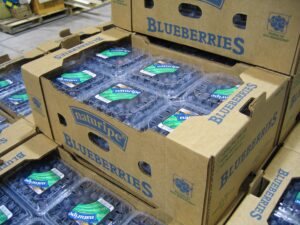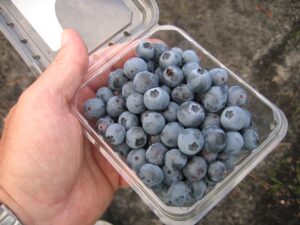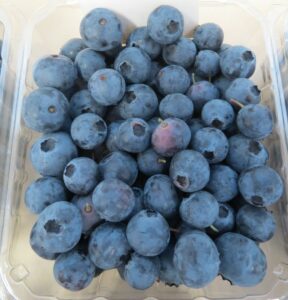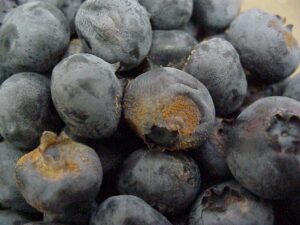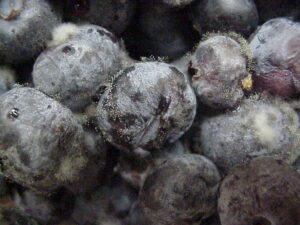Postharvest Produce Guide – Blueberries
go.ncsu.edu/readext?919135
en Español / em Português
El inglés es el idioma de control de esta página. En la medida en que haya algún conflicto entre la traducción al inglés y la traducción, el inglés prevalece.
Al hacer clic en el enlace de traducción se activa un servicio de traducción gratuito para convertir la página al español. Al igual que con cualquier traducción por Internet, la conversión no es sensible al contexto y puede que no traduzca el texto en su significado original. NC State Extension no garantiza la exactitud del texto traducido. Por favor, tenga en cuenta que algunas aplicaciones y/o servicios pueden no funcionar como se espera cuando se traducen.
Português
Inglês é o idioma de controle desta página. Na medida que haja algum conflito entre o texto original em Inglês e a tradução, o Inglês prevalece.
Ao clicar no link de tradução, um serviço gratuito de tradução será ativado para converter a página para o Português. Como em qualquer tradução pela internet, a conversão não é sensivel ao contexto e pode não ocorrer a tradução para o significado orginal. O serviço de Extensão da Carolina do Norte (NC State Extension) não garante a exatidão do texto traduzido. Por favor, observe que algumas funções ou serviços podem não funcionar como esperado após a tradução.
English
English is the controlling language of this page. To the extent there is any conflict between the English text and the translation, English controls.
Clicking on the translation link activates a free translation service to convert the page to Spanish. As with any Internet translation, the conversion is not context-sensitive and may not translate the text to its original meaning. NC State Extension does not guarantee the accuracy of the translated text. Please note that some applications and/or services may not function as expected when translated.
Collapse ▲Blueberries are typically harvested in pint clamshells, sometimes half pints early or late in the season, or sometimes by the flat (a 6 quart cardboard tray, 6-12 pounds). Remove field heat immediately; berries may be stored at 35-39°F, 90-95% RH for up to 2 weeks.
Quality Specifications
Ripe blueberries should be firm but not hard; the specific blue color and amount of bloom (the pale, cloudy coating on some berries) varies with variety. There should be no red or green fruit in the final harvest container. Size and shape should be consistent with variety, without evidence of disease or insect damage. Fruit should be relatively stem free.
Common Quality Issues
A clamshell of “stemmy” blueberries
Ripe Rot (first photo below) and Botrytis (gray mold, second photo) or other postharvest fungal diseases are rare problems in blueberries but they can occur.



